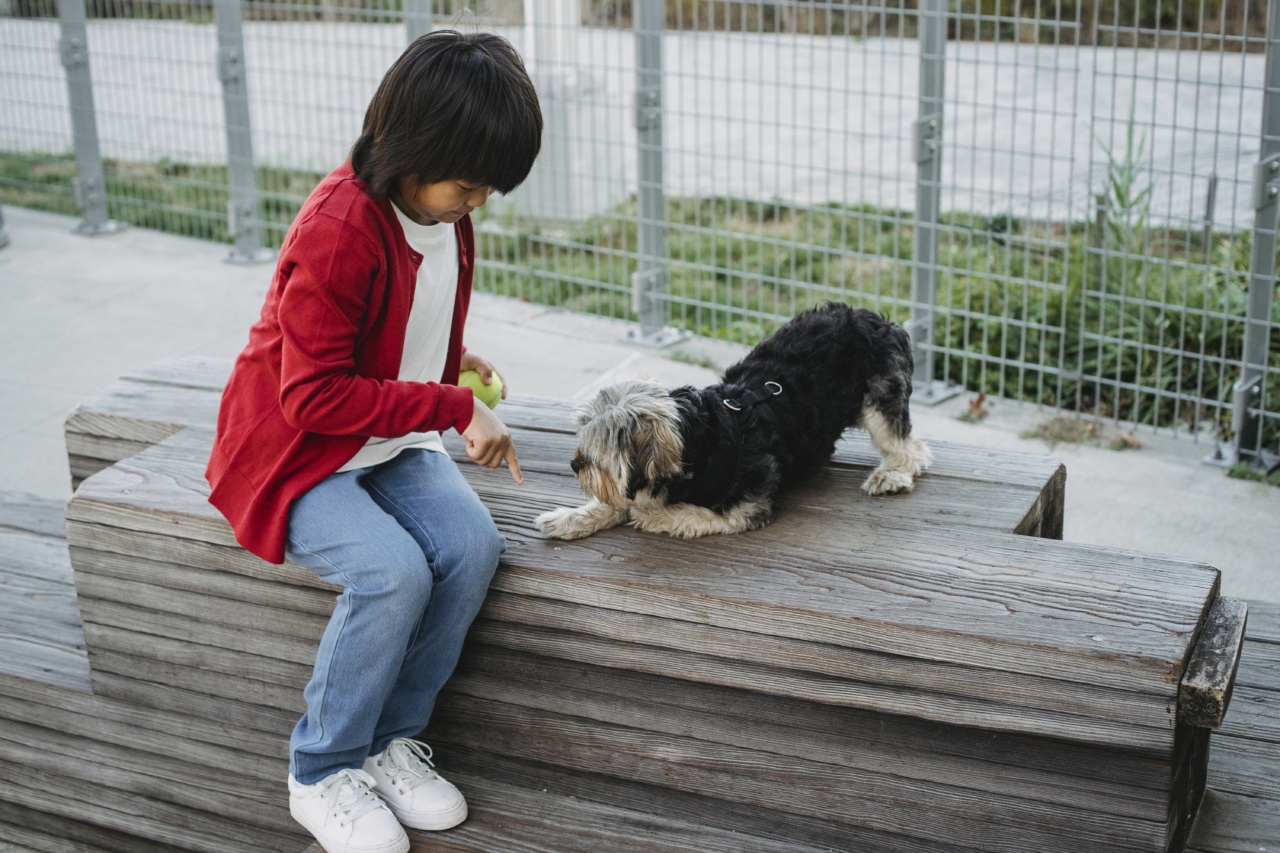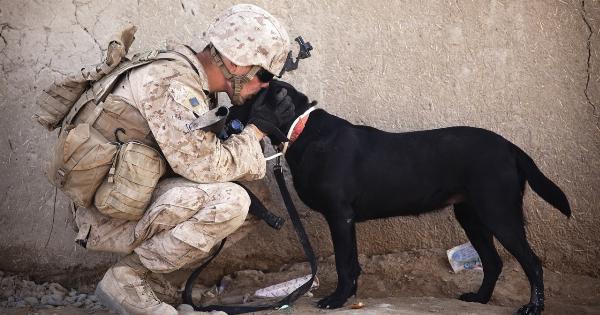Dogs, like human beings, also suffer from headaches, which leads to their discomfort and distress. Headaches can be caused by different factors such as stress, dehydration, underlying diseases, or poor diet.
Although dogs can’t speak, they communicate their pain through their behaviors and actions. Here are 10 indications that your dog is suffering from headaches:.
1. Decreased Appetite
If you notice that your dog avoids eating or drinking, it could be a sign that they are experiencing pain in their head area.
Dogs can feel nauseous or discomfort that puts them off food, and decreased appetite is one of the primary symptoms of headaches in dogs.
2. Changes in Behavior
A dog experiencing headaches may change their behavior and become clingy or aggressive. This is often because they feel vulnerable, or their pain causes them to be more defensive than usual.
Dogs suffering from headaches may also become less playful and stop being interested in their usual activities.
3. Restlessness
A headache can cause an uneasy feeling in dogs, making them restless and unable to relax. They may find it difficult to sleep and become easily agitated, wandering around the house or pacing back and forth.
4. Sensitivity to Light and Sound
Just like people with headaches, dogs with headaches may feel sensitive to sound and light.
They may avoid bright or flickering lights and become easily startled or upset by loud noises, including household appliances or the sound of their owner’s voice.
5. Facial Expressions
When a dog is experiencing a headache, they may show discomfort through their facial expressions. They may frown, squint, or wrinkle their brows. They may also become reluctant to move or lick their nose or face frequently.
6. Yawning Frequently
Dogs yawn to release stress and tension, and they may yawn more often than usual if they are experiencing a headache. This is often because they feel tired and are trying to relieve tension and reduce pain in their head area.
7. Ear Rubbing
Headaches can cause discomfort or pain behind or inside a dog’s ear, leading them to rub or scratch their ear. If you notice your dog rubbing or shaking their head frequently, it could be a sign that they are experiencing a headache.
8. Avoiding Contact
A dog with a headache may avoid contact with their owner or other pets in the house. Dogs may feel irritable and moody when in pain, leading them to avoid social interaction and isolate themselves.
9. Lethargy
A headache can cause a dog to feel weak and lethargic, leading them to sleep more often than usual. They may also move more slowly and seem less enthusiastic about activities they used to enjoy.
10. Body Language
A dog’s body language can reveal a lot about their health condition, including headaches. They may lay their head down or hunch their body, indicating that they are in discomfort or pain.
They may also become defensive or snap when you try to touch them or give them attention.






























